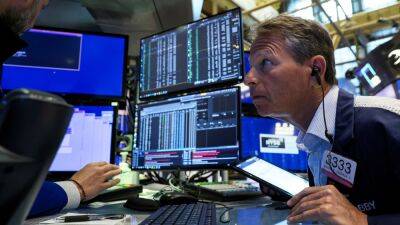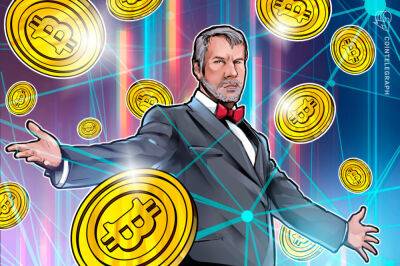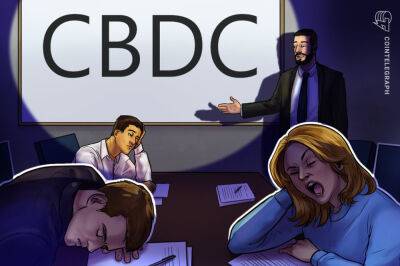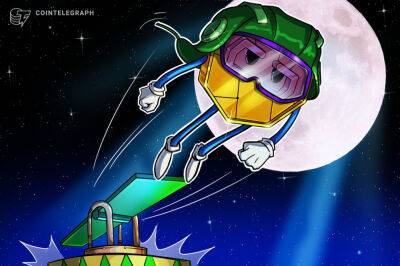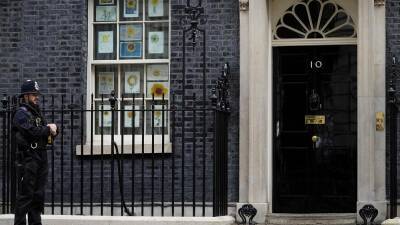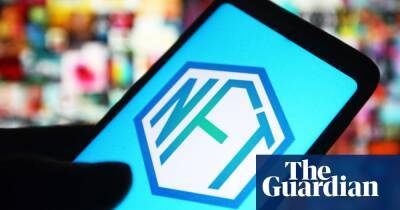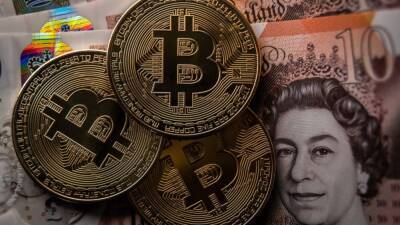A Royal Mint NFT is a silly bit of political marketing
You probably know someone with a commemorative coin or two, on display among porcelain ornaments and family photos — a 1925 Stone Mountain Memorial silver half-dollar (worth $100), perhaps, or a silver 5-pound coin for Her Majesty the Queen’s 95th birthday.
So, how about the same thing, but digital? Britain’s Finance Minister Rishi Sunak has asked the Royal Mint to come up with ideas for a non-fungible token (NFT) to show that the UK is hip to digital assets.
Maybe young people really will want to buy a State-backed piece of digital merch to add to their Minecraft and Fortnite skins, or virtual Nike sneakers and Gucci bags, to flaunt in the metaverse. It all sounds pretty silly to me, but then what do I know?
The idea of NFTs is to use cryptographic blockchain technology, the tools behind Bitcoin, to create unique tradeable claims on some digital thing — an image, a ‘first edition’ of a piece of music, membership of the Bored Ape Yacht Club.
These have really taken off in the past couple of years when people spent a lot of time at home, online and with money burning a hole in their pockets. Digital art has boomed: More than $18 billion was spent on almost 17 million images and other collectibles between April 2021 and March 2022, according to a report about money in the metaverse last week from Citigroup analysts. That all came after the OMG-moment when a piece by Beeple sold for $69 million at Christie’s auction house.
But art is barely the half of it: NFTs could be used to confer property rights throughout the metaverse, whatever that becomes. Projections about the potential value of digital stuff are all finger-in-the-air guesswork. What is real is the amount already being spent and invested. Last year, venture-capital
Read more on moneycontrol.com

 moneycontrol.com
moneycontrol.com![Apecoin [APE] is returning to its EX-change; should investors cut losses - ambcrypto.com - city Santiment - city Santimentthis - city Santimentnext](https://finance-news.co/storage/thumbs_400/img/2022/5/4/24178_awed.jpg)
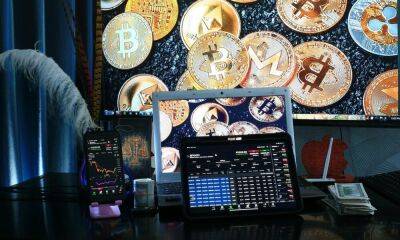
![Decoding factors detrimental to Filecoin’s [FIL] short-term recovery - ambcrypto.com](https://finance-news.co/storage/thumbs_400/img/2022/5/4/24176_1buo.jpg)





